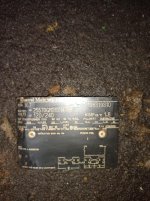Large fuses (>600A) take a very high amount of fault current in order to reach their current limiting range, this is why they are not very good for series ratings.
Large breakers typically begin to operate at relatively lowers levels making them easier to use with series ratings.
As far as coordination, the most likely need for coordination will be at downstream equipment where the fault current is lower, rather than at the load side terminal of the breakers in your meter/service equipment.
Honestly, if I had more than 40kA of fault current flowing in a non critical installation, I would want something to stop it fast in order to limit the damage to equipment and thus reduce the 'time to repair'.

